Thomas Sully (1783-1872)
Do you think you may own a painting by Thomas Sully?
Get a Sully Certificate of Authenticity for your painting (COA) for your Sully drawing.
For all your Sully artworks you need a Certificate of Authenticity (COA) in order to sell, to insure or to donate for a tax deduction.
Getting a Sully Certificate of Authenticity (COA) is easy. Just send us photos and dimensions and tell us what you know about the origin or history of your Sully painting or drawing.
If you want to sell your Sully painting or drawing use our selling services. We offer Sully selling help, selling advice, private treaty sales and full brokerage.
We have been authenticating Sully and issuing certificates of authenticity since 2002. We are recognized Sully experts and Sully certified appraisers. We issue COAs and appraisals for all Sully artworks.
Our Sully paintings and drawings authentications are accepted and respected worldwide.
Each COA is backed by in-depth research and analysis authentication reports.
The Sully certificates of authenticity we issue are based on solid, reliable and fully referenced art investigations, authentication research, analytical work and forensic studies.
We are available to examine your Sully painting or drawing anywhere in the world.
You will generally receive your certificates of authenticity and authentication report within two weeks. Some complicated cases with difficult to research Sully paintings or drawings take longer.
Our clients include Sully collectors, investors, tax authorities, insurance adjusters, appraisers, valuers, auctioneers, Federal agencies and many law firms.
We perform Thomas Sully art authentication, appraisal, certificates of authenticity (COA), analysis, research, scientific tests, full art authentications. We will help you sell your Thomas Sully or we will sell it for you.
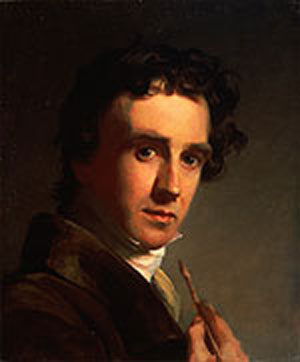
Thomas Sully was an early American painter, born in Lincolnshire, England. He immigrated to the United States with his parents at the age of nine, and as a young man initially worked for an insurance broker in Philadelphia. However, Sully was passionate about art and when he was 16, Sully joined his brother, a miniaturist, in Virginia. Sully studied under his brother, but it was quickly evident that he was the more talented artist. He began to move away from painting miniatures like his brother and created oil portraits with the help of fellow painter Henry Bembridge.
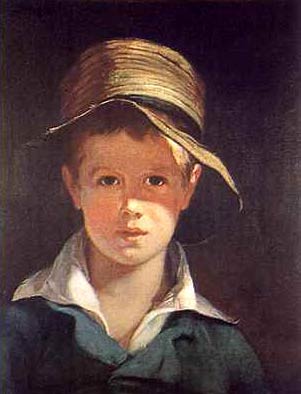
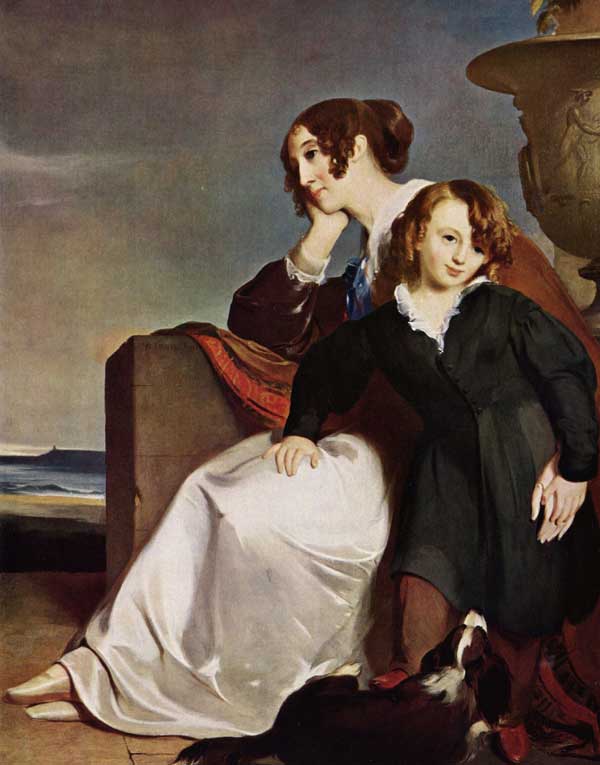

It was Sully’s goal to travel to London to continue his studies, but his brothers’ untimely death in 1804 changed his plans. He stayed in the United States instead to take care of his family estate. In 1806, Sully married his brothers’ widow and relocated to New York that same year.
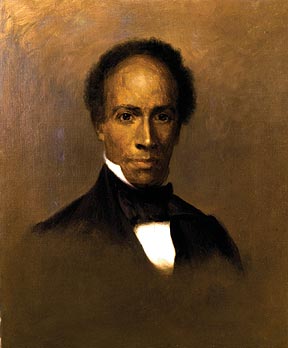
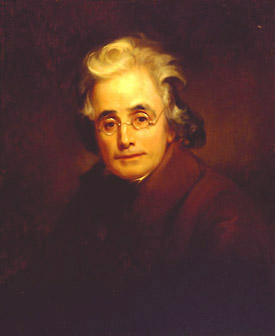
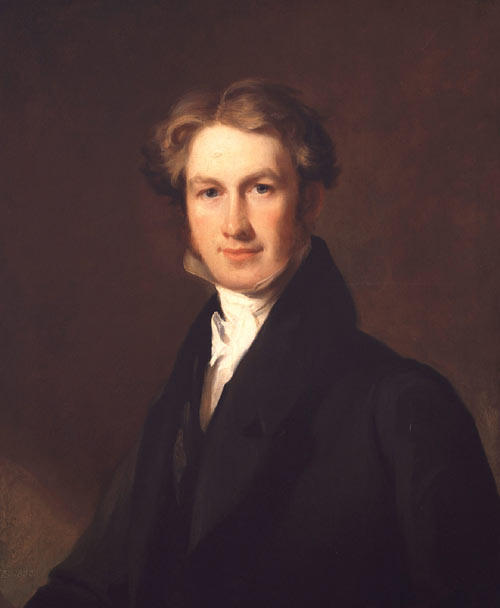
While in New York, Sully made a brief trip to Boston. While in Boston he consulted with fellow painter Gilbert Stuart. In 1809, Sully moved back to Philadelphia and that same year he was finally able to make his trip to London. While in London, he studied under Benjamin West, like so many other American artists. He worked alongside West for a year, copying the works of the Old Masters and in 1810 he returned to the United States, permanently settling in Philadelphia.

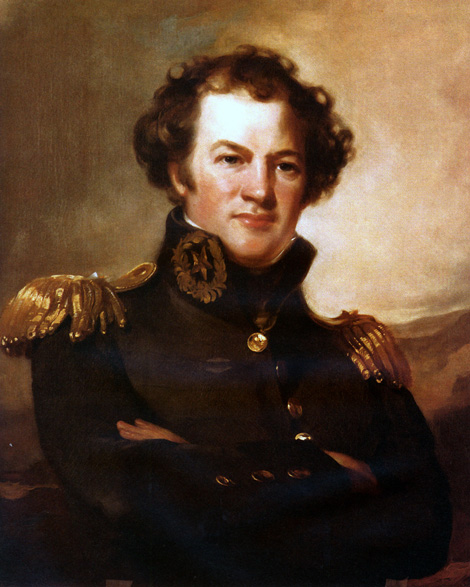
In the following years, Sully was commissioned to create a number of portraits for notable Philadelphia society figures and government officials. Art historians, however, note that Sully was most successful in his portraits of women.
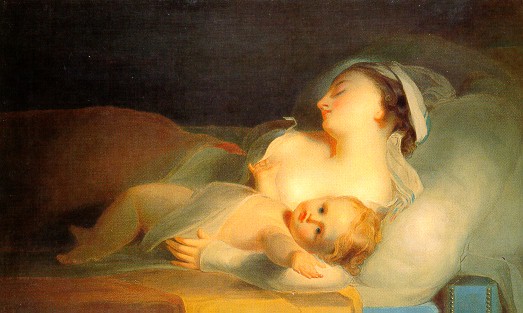
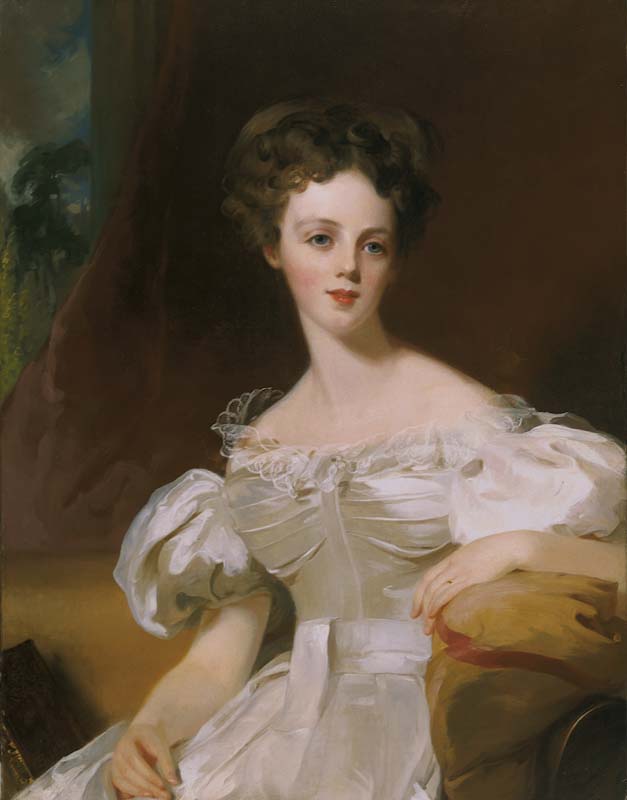

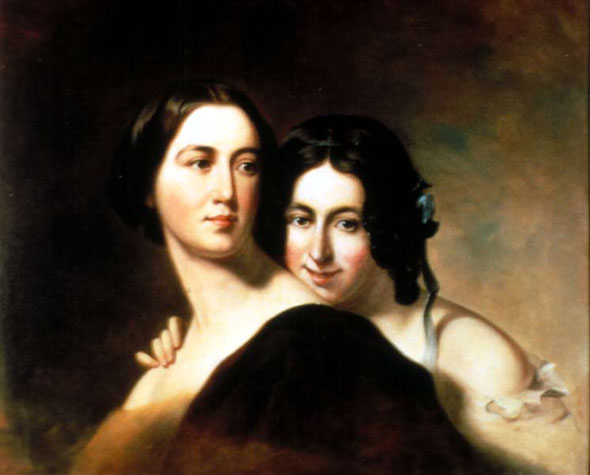
It is thought that he created some 2,000 portraits in his lifetime in England and all over the coastal United States.

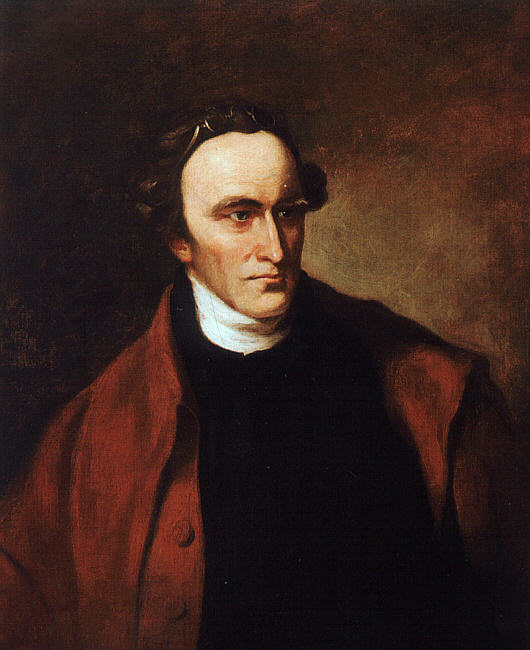

Besides creating portraits, Sully also painted large scale historical paintings. In one occasion, Sully was commissioned to create a full length portrait of George Washington and instead, painted a massive historical scene of Washington crossing the Delaware. This is considered to be his most famous painting, though at the time, it cost Sully a great deal of frustration and expense. The patron that originally commissioned this piece from him found it too large and Sully was left with this massive composition and no one to buy it. This painting is now housed at the Museum of Fine arts in Boston.
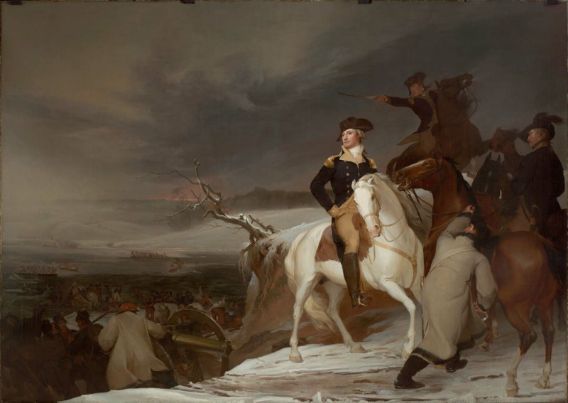
Throughout his career, Sully created a number of portraits for many important people like John Quincy Adams, Thomas Jefferson and Queen Victoria on his second trip to England. These portraits now hang in a great many public and private collections and historical sites.

Although he was best known for his portraits, Sully was a very prolific painter and also painted landscapes, genre paintings and of course, historical scenes.
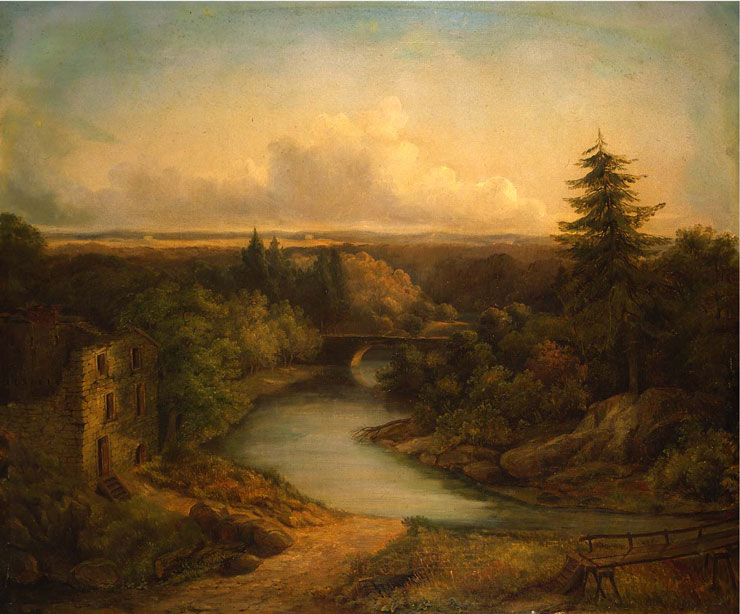
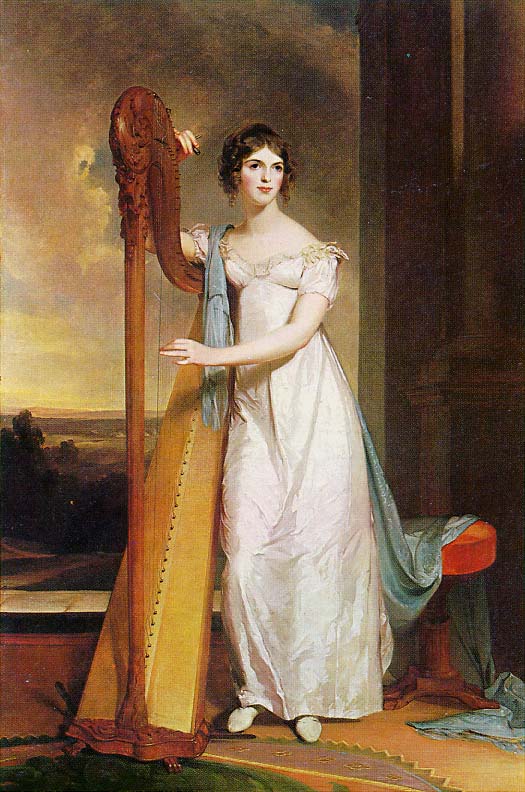
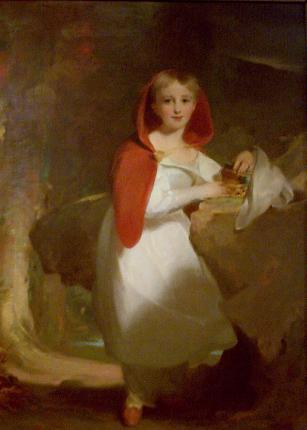
Still wondering about a portrait or early American historical painting hanging in your home? Contact us…it could be by Thomas Sully.
Reviews
1,217 global ratings
5 Star
4 Star
3 Star
2 Star
1 Star
Your evaluation is very important to us. Thank you.
